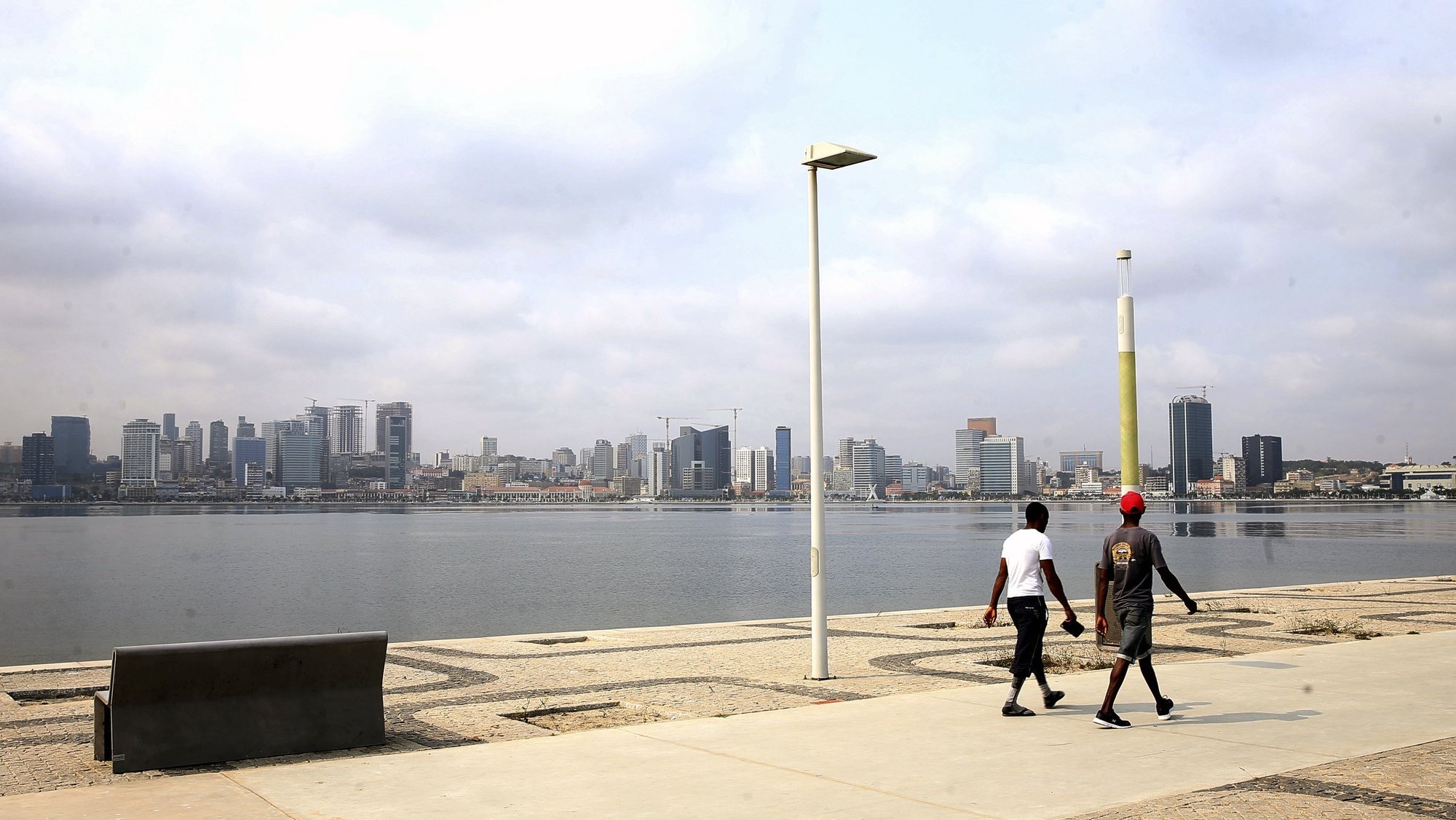The World Bank predicts that Angolan economy grows 3.1% this year and slows to less than 3% by 2024thus maintaining growth below the regional average, due to the slowdown in oil production.
Angola’s growth rate is expected to drop from 3.1% this year to 2.8% in 2023 and stabilize at 2.9% in 2024″, reads the Africa Pulsar report released Tuesday by the World Bank in Washington.
The poor performance is explained by the lower oil prices, with the economy still depending on this sector for growth“, adds the document, which revises upwards the growth forecast made in April, estimating 0.2 percentage points more growth this year than that forecast in April, in the previous edition of Pulsar Africa.
This improvement “reflects the contribution of the higher-than-expected rise in oil prices, which should be around US$100 per barrel, on average, this year,” explain World Bank economists.
At the regional level, the World Bank revised downwards the growth forecast for sub-Saharan Africa, anticipating an expansion of 3.3%, down from 4.1% in 2021, and defended the “urgent need” to restore macroeconomic stability. .
“Global headwinds are slowing Africa’s economic growth as countries continue to grapple with rising inflation and struggle to make progress on poverty reduction,” reads the Pulsar Africa report, released today. today in Washington, on the eve of the Annual Meetings of the World Bank and the International Monetary Fund (IMF).
Economic growth in sub-Saharan Africa is expected to slow from 4.1% in 2021 to 3.3% this year, representing a downward revision of 0.3 percentage point from the April forecast, mainly as result of the slowdown in world growth, including the reduction in Chinese demand for raw materials produced in Africa”, adds the report, which analyzes the economy of this African region.
Sub-Saharan Africa, say World Bank economists, is being severely damaged by Russia’s war in Ukraine, which has pushed inflation above 5% in 29 of the 33 countries in the region with up-to-date data, with 17 countries reporting a rate two digits. price increase.
“This trend undermines efforts to reduce poverty, which had already been shaken by the impact of the Covid-19 pandemic,” World Bank Chief Economist for Africa Andrew Dabalen was quoted as saying in the press release.
defending a “urgent action” by policymakers to protect the most vulnerable, the official noted that it is necessary “restore macroeconomic stability and support the poorest households, and redirect spending on food and agriculture to ensure future resilience.”
As for public debt, the World Bank says that “it will remain high, at 58.6% of GDP this year”, adding that African governments spent 16.5% of their income on paying external debt last year , when in 2010, the percentage of income used for debt service was less than 5%.
“Eight of the 38 IDA-eligible countries are in debt trouble [“debt distress”, no original em inglês], and another 14 are at risk of joining; At the same time, high trade financing costs make it difficult for these countries to finance themselves in domestic and international markets, in a context in which tighter monetary conditions are weakening currencies and increasing external borrowing costs for countries. Africans,” the report reads.
Source: Observadora
